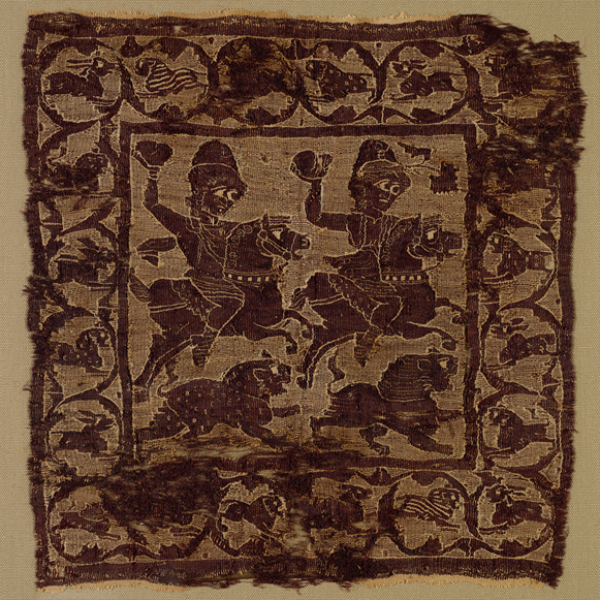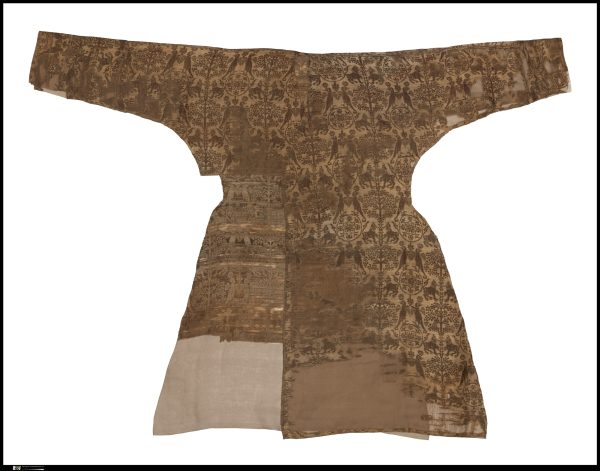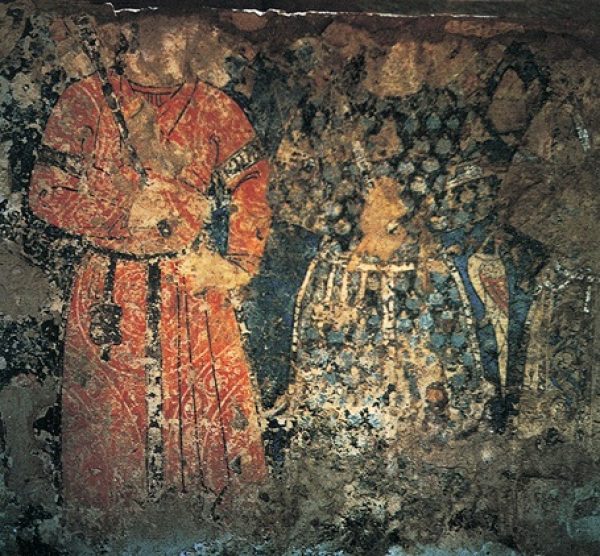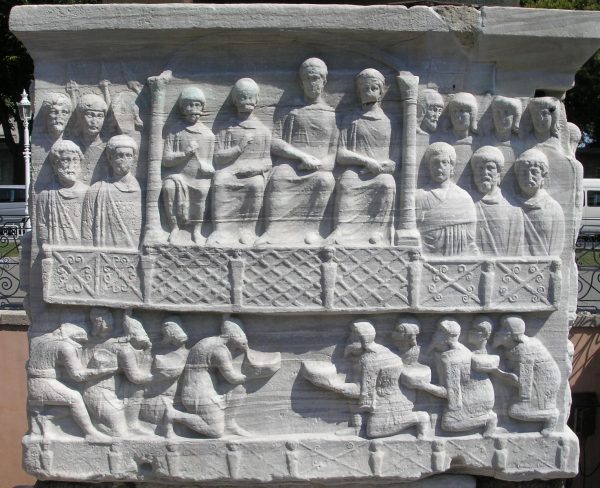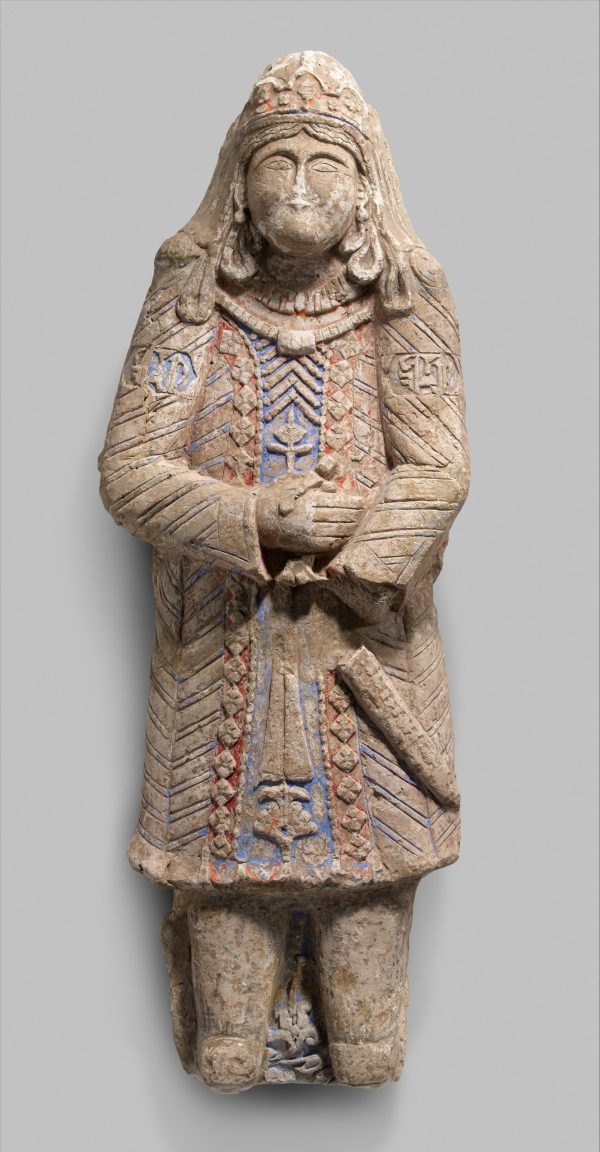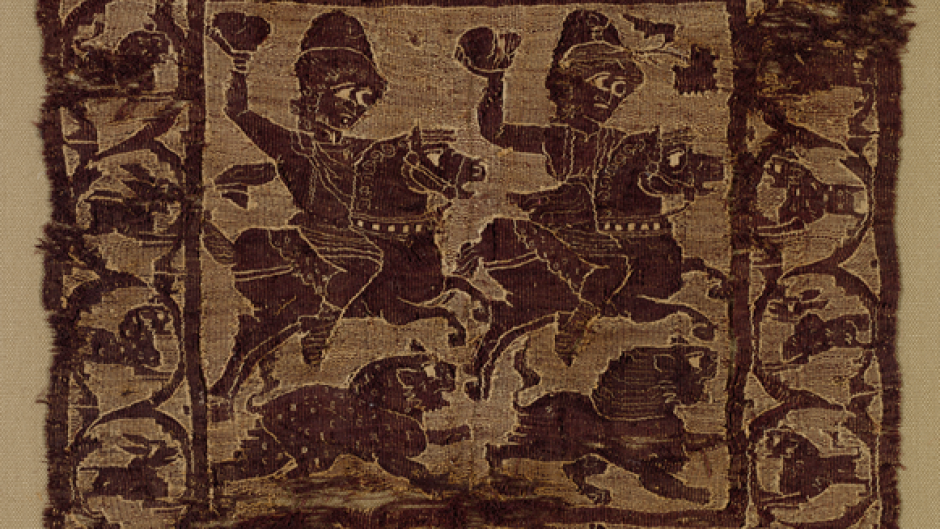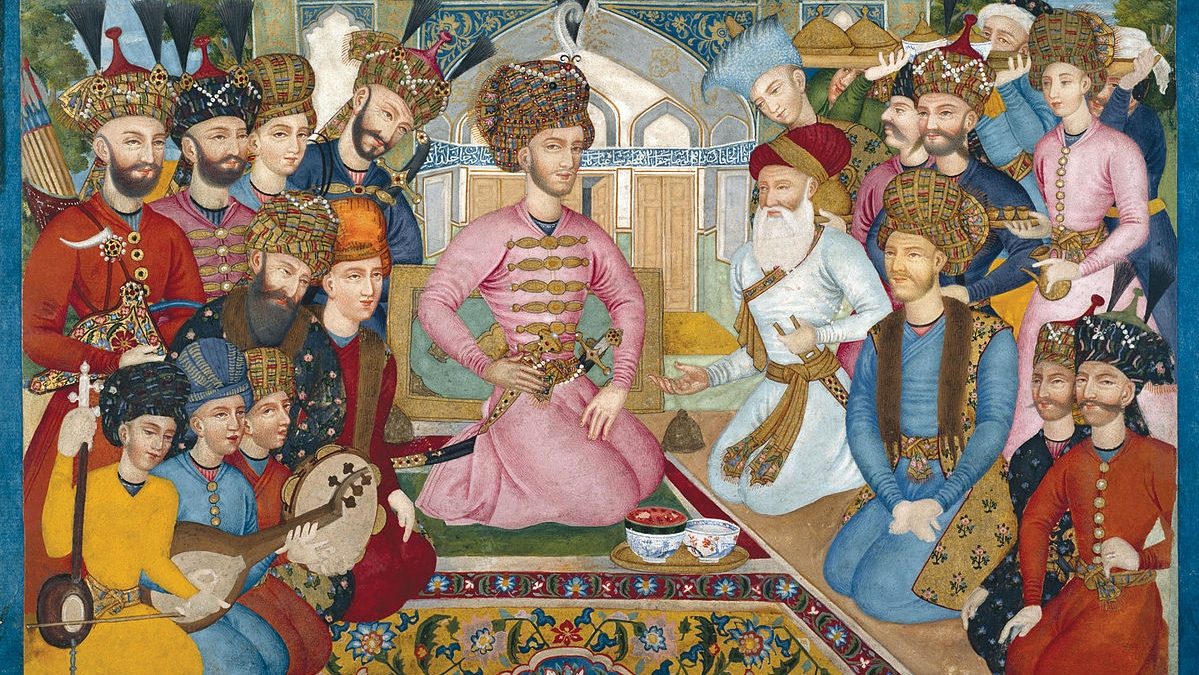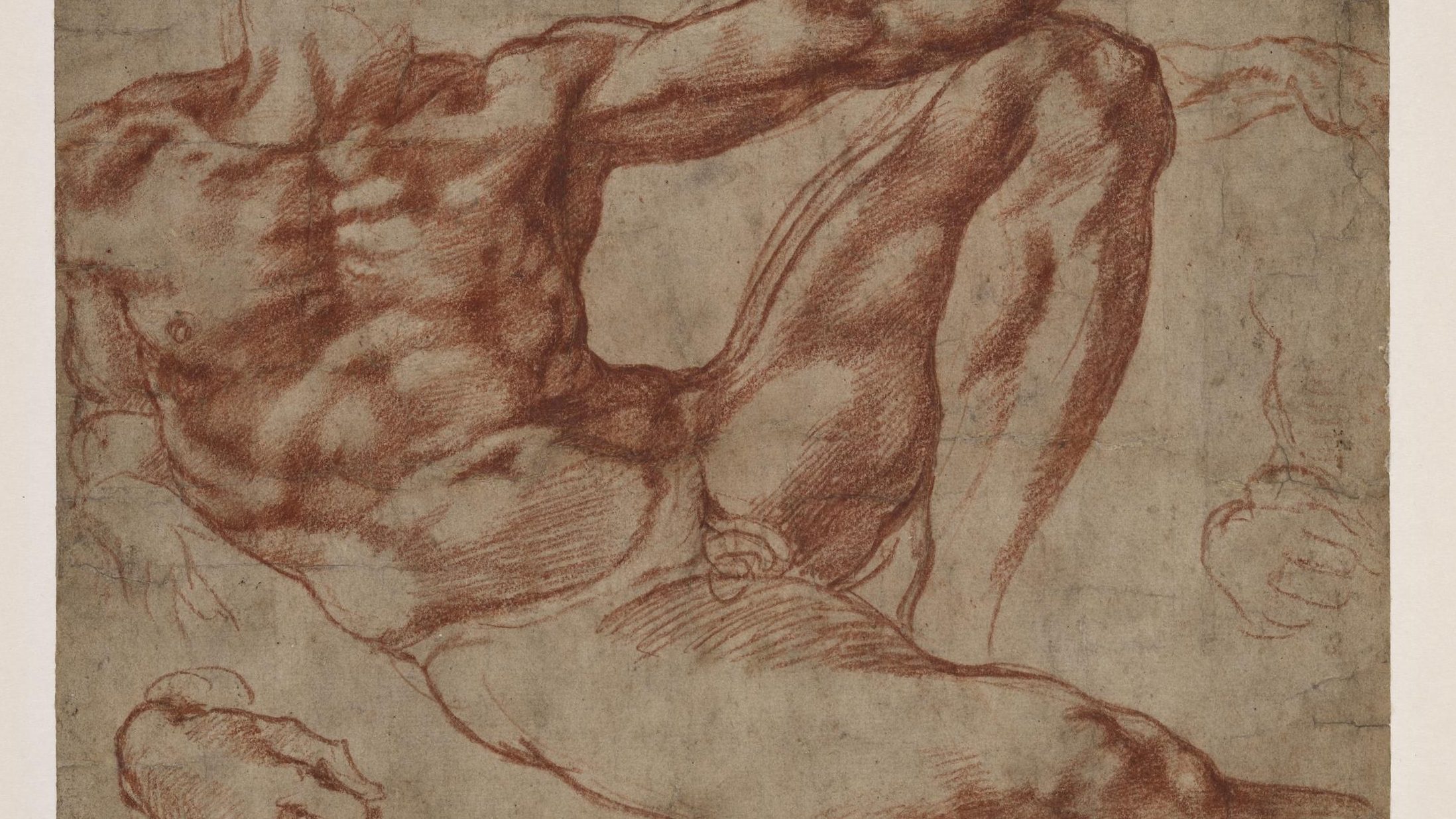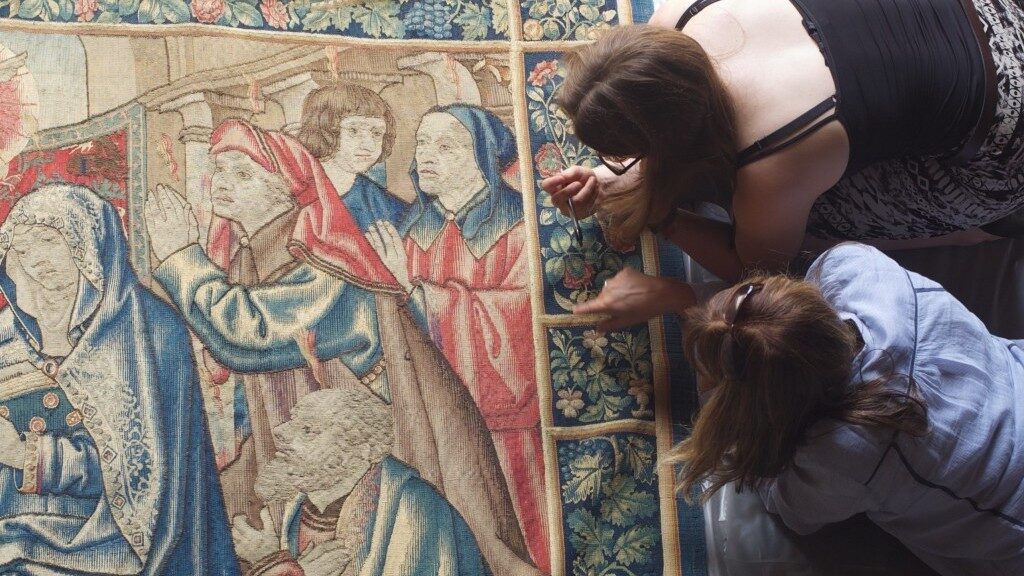Before twentieth-century haute couture and runway shows, before the early modern salons of the elite and the urban comptoirs, before even sumptuary laws and slashed garments, there was fashion. Many of the same preoccupations that we associate with fashion in the modern era held true prior to 1500 as well. People used fashions to jockey for position, fame, and power. They sought to achieve through fashion the ideals of beauty or to alter what nature provided. They manipulated what they wore to conscientiously reject the past or, conversely, to align themselves with it.
At the same time, there were many aspects of fashion in the pre-modern era that we foreground less today, even if their undercurrents persist. Fashions could highlight new technologies or rare and exotic materials. They could accommodate practical needs. They could demonstrate adherence to or defiance of social groups. They worked against or, alternatively, in harmony with, the limits of nature. But, as ever, premodern fashions were not merely wearable goods.
This MA Special Option will cover the fashions of premodern Eurasia and Northern Africa. While focusing on the medieval period, the course will cover roughly 2,000 years, spanning from roughly 500 BCE–1500 CE. The history we write together will draw out the connections of trade routes and migrations while also delving deep into the roots of local ideas and resources. Divided into four units, we will begin with our primary source material for premodern fashion history—be they in books, bogs, or tombs—before approaching questions of technologies, techniques, and technical features. The third unit will focus on social and systemic factors related to cultural identity, ethnicity, ecosystems, and migration, The final unit will combine the material discussed in the initial units to grapple with questions of influence (‘source and trace’), cultural ownership and appropriation, and significance.
Course leader: Dr Meredyth Winter
In the event that a course leader is on sabbatical, takes a fellowship, or otherwise is not able to teach the course, they will be replaced by another experienced course leader either for a semester or, in some cases, the academic year.
